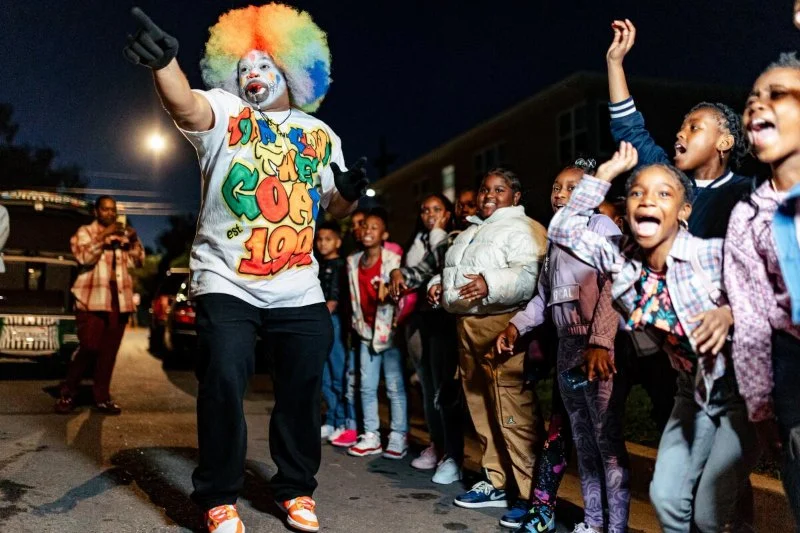
- 1. What is Krump? A Brief Overview
- 2. The Evolution of Krump and Its Roots in Clowning
- 3. Key Features of Krump and Expressionistic Movement
- 4. The Influence of Krump on Dance and Pop Culture
- 5. How to Get Started with Krump Dance
1. What is Krump? A Brief Overview
Krump is a high-energy and highly expressive style of dance that is rooted in emotion and personal expression. It originated in the early 2000s in Los Angeles, California, and is known for its intense movements, including rapid arm swings, chest pops, and aggressive footwork. Unlike traditional dance forms, Krump focuses on releasing emotional tension, often drawing on feelings of frustration, joy, and strength. It is often performed in battles or cyphers, where dancers compete or express themselves in a creative, raw way.

The Turning Pointe / turning pointe dance studio
ColumbiaRichland CountySouth Carolina
1030 Harden St, Columbia, SC 29205, USA
2. The Evolution of Krump and Its Roots in Clowning
Krump traces its origins back to the "clowning" movement, which was created by Thomas "Tommy the Clown" Johnson in the early 1990s. Clowning was a way for young people in Los Angeles to express themselves, and it was often performed in street parties and on the streets. Tommy the Clown’s style emphasized playful, exaggerated movements, and eventually, the style morphed into Krump, which focuses more on intense, aggressive movements.

Touch of Class Dance / touch of class dance
DowningtownChester CountyPennsylvania
150 E Pennsylvania Ave, Downingtown, PA 19335, USA
2.1 The Shift from Clowning to Krump
While clowning was lighthearted and playful, Krump quickly evolved into a more intense and emotional style. It became a form of release for many young dancers who were facing personal struggles or hardship. The raw energy and passion found in Krump allowed dancers to channel their emotions in a healthy, productive way.
2.2 The Influence of the Streets
Krump was not created in a studio but instead emerged in the streets and neighborhoods of Los Angeles. It became an important form of self-expression for urban youth, particularly those from underrepresented and marginalized communities. The dance style began to spread, especially through hip hop culture, influencing other dance genres and artists.
3. Key Features of Krump and Expressionistic Movement
Krump is characterized by its expressive, physical movements that reflect intense emotions. The style is unique in that it allows for both rapid movements and moments of stillness, creating a dynamic contrast. Some key features of Krump include:
3.1 Chest Pops and Arm Swings
One of the most prominent features of Krump is the chest pop, where dancers move their upper bodies rapidly in sync with a beat or a feeling. Another key movement is the arm swing, where dancers perform exaggerated, forceful swings with their arms to accentuate the emotion behind the dance.
3.2 Face Expressions and “The Battle”
Facial expressions play a huge role in Krump, where dancers use their faces to convey the emotions they are expressing through movement. In Krump battles, dancers go head-to-head in a contest of creativity and emotion, using their bodies and faces to outperform one another. This competitive element has become a key feature of Krump culture.
3.3 Freestyle vs. Choreography
While Krump can be danced in choreographed routines, it is typically seen as a freestyle dance. Dancers often improvise based on the music or their emotions, which allows for spontaneous expression and creativity. However, in battles, dancers may incorporate specific moves that are part of Krump culture, creating a unique style of improvisation.
4. The Influence of Krump on Dance and Pop Culture
Since its rise in the early 2000s, Krump has had a significant impact on dance and pop culture. It has influenced hip hop music videos, dance movies, and even commercials, showcasing its raw energy and expressiveness. Some key points of influence include:
4.1 Krump in Popular Media
Krump was featured prominently in the 2005 documentary "Rize," directed by David LaChapelle, which helped bring the style to a wider audience. This film showcased Krump as both a cultural movement and an emotional release for young people. Krump has also appeared in major motion pictures such as "Step Up 2: The Streets" and "Step Up 3D," highlighting its integration into mainstream dance culture.
4.2 The Global Spread of Krump
Krump is no longer confined to the streets of Los Angeles but has spread to cities around the world. From Europe to Asia, Krump has found new audiences, and international competitions are now held to showcase this unique style of dance. The global popularity of Krump has helped to further establish it as a legitimate dance form within the broader hip hop culture.
5. How to Get Started with Krump Dance
If you're interested in learning Krump, here's how you can get started:
5.1 Watch Videos and Attend Live Performances
One of the best ways to learn Krump is by watching performances and instructional videos. YouTube offers a wide variety of Krump tutorials, and live Krump battles provide an opportunity to see the style in action. By watching experienced dancers, you can get a feel for the emotions and movements that define Krump.
5.2 Join a Krump Class or Dance Group
While Krump is a freestyle dance, learning the basics from a skilled instructor can help you understand its foundation. Look for Krump classes or workshops in your area, or join a dance group that focuses on Krump to develop your skills in a supportive community.
5.3 Practice Your Movements
Like any dance style, Krump requires regular practice. Dedicate time to practice the fundamental moves, such as chest pops and arm swings, and experiment with adding your personal emotional expression. As Krump is about channeling feelings, the more you practice, the more natural and powerful your movements will become.
Looking to explore more about Krump or other urban dance styles? Visit Creative Edge Dance Studio for the best classes, tips, and resources to start your dance journey today!
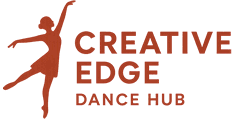


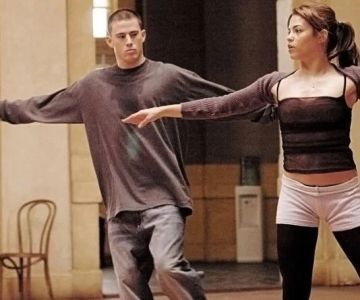
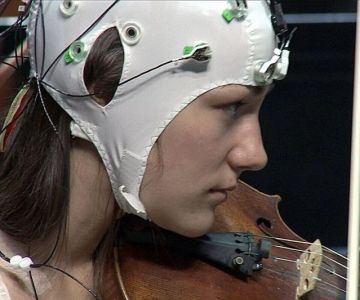


 Fusion Dance Studio LLC5.0 (1 reviews)
Fusion Dance Studio LLC5.0 (1 reviews) Redding Performing Arts Center4.0 (25 reviews)
Redding Performing Arts Center4.0 (25 reviews) Zumba with Ida4.0 (15 reviews)
Zumba with Ida4.0 (15 reviews) Forever A Dancer Dance Academy5.0 (12 reviews)
Forever A Dancer Dance Academy5.0 (12 reviews)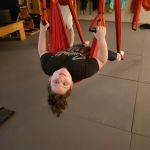 Studio P LLC5.0 (22 reviews)
Studio P LLC5.0 (22 reviews)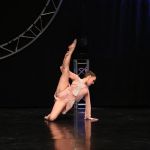 Calvert School of Dance4.0 (8 reviews)
Calvert School of Dance4.0 (8 reviews) What is Contemporary Dance and Is It Beginner Friendly?
What is Contemporary Dance and Is It Beginner Friendly? The Difference Between Street Dance and Studio Dance Styles
The Difference Between Street Dance and Studio Dance Styles What to Do If You Hate Your Dance Class or Instructor
What to Do If You Hate Your Dance Class or Instructor How I Found My Unique Dance Style After Trying Every Genre
How I Found My Unique Dance Style After Trying Every Genre How to Design Your Own Dance Practice Space at Home
How to Design Your Own Dance Practice Space at Home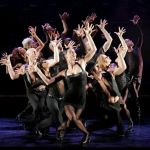 The History of Jazz Dance in American Culture
The History of Jazz Dance in American Culture